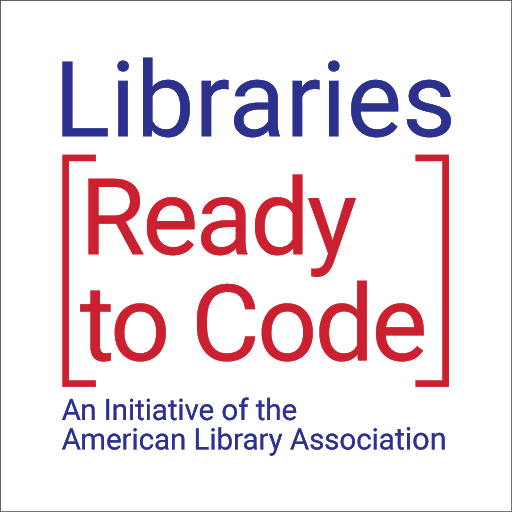
Coding is everywhere, and children should learn the basic concepts of programming as early as possible. “The term coding originally applied to the act of creating in complex coding languages, but it is now also used to describe the creation of a sequence of instructions with tools basic enough for young children.” (Hutchison 494) In the early stages of their coding education, children learn how to be both creative and expressive. “In the process, children learn to solve problems and design projects, and they develop sequencing skills that are foundational for later academic success. They also use math and language in a meaningful and motivating context, supporting the development of early-childhood numeracy and literacy.” (496) These beliefs are supported by the American Library Association’s Libraries Ready to Code initiative. A wealth of resources and strategies can be found in ALA’s Ready to Code Collection, which includes an extensive supply of coding and computational thinking activities. Watch the video below to learn more about the Libraries Ready to Code campaign.
Hutchison, Amy, et al. “Using Coding Apps to Support Literacy Instruction and Develop Coding Literacy.” The Reading Teacher, vol. 69, no. 5, 2016, pp. 493–503., www.jstor.org/stable/44001995. Accessed 2 Oct. 2020.
